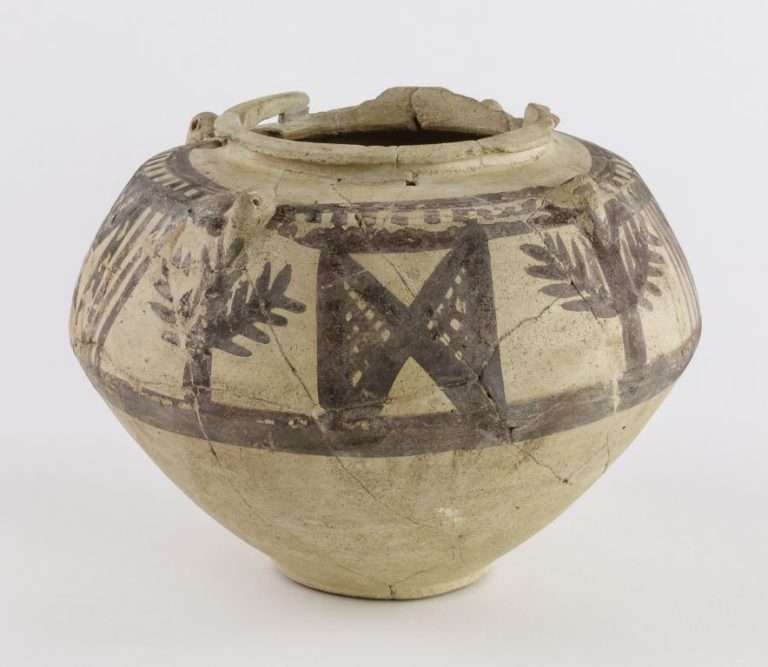What Does Grog Taste Like?
Grog is a traditional alcoholic drink that originated in the navy of the British Empire. It’s name comes from the nickname for British Admiral Edward Vernon, who was nicknamed “Old Grog” due to the grogram cloak he wore. In 1740, he ordered that the daily rum rations of sailors be diluted with water to prevent drunkenness aboard ships. The mixture of rum and water became known as grog.
Originally, grog was made with rum mixed with water or beer. Over time, the term grog grew to refer more broadly to any alcoholic beverage diluted with water, especially one served hot. Modern grog uses a variety of alcohols and may include flavorings like lime, cinnamon, or honey. While grog recipes vary, the key ingredients tend to be a spirit, hot water, and flavorings.
Ingredients
Grog traditionally contains three core ingredients: rum, water, and citrus juice like lime or lemon. The basic proportions are:
- Rum – The rum used in grog is often dark or spiced rum. Traditionally Navy rum was used, which had a higher alcohol proof. The amount of rum can range from 1-4 oz per serving. More rum results in a stronger drink.
- Water – Grog is diluted with water, sometimes using seawater for authenticity. The water helps open up the flavors. About 4-8 oz of water is typical per serving.
- Citrus Juice – Lime juice is most common, providing tartness that balances the sweetness of the rum. Around 1 oz of lime juice per serving is standard.
Other potential mix-ins include sugar or honey, spices like nutmeg or cinnamon, and hot water or tea for a warm serving temperature. See the Hot Tea Grog Recipe for an example.
Flavor Profile
Grog has a complex flavor profile that balances sweet, sour, and boozy notes. The combination of rum, citrus juice, sugar syrups, and spices creates a drink that is rich, tangy, and smooth.
The different rums used in traditional grog recipes provide a backbone of molasses, vanilla, and oak flavors. Dark rums offer rich caramel and toasted flavors, while light rums lend subtle grassy and floral notes. This layered rum profile forms the base spirit flavor.
Citrus juices like lime, grapefruit, or pineapple add bright, tart flavors that cut through the sweetness of the rums and syrups. These juices provide an acidic tang that balances out the drink.
Sweeteners like sugar, honey, or falernum syrup give grog a smooth, slightly viscous mouthfeel and bring out flavors like vanilla, clove, and almond. The sweetness rounds out the edges of the tart citrus.
Spices like nutmeg and cinnamon offer hints of warmth and complexity. Their flavors meld with the vanilla and caramel from the rum. Together, these components create a drink that is simultaneously sweet, sour, smooth, and boozy. When balanced well, no single flavor overpowers the others in grog.
According to this cocktail recipe, the combination of grapefruit juice, three rums, honey syrup, and spices like nutmeg creates a “mellowed” flavor profile despite the high alcohol content.
Aroma
Grog has a very distinct fruity, rummy, and citrusy aroma. The combination of rum, citrus juices, spices, and sweeteners creates a bouquet reminiscent of a tropical cocktail. As soon as you open a bottle or glass of grog, you’ll be greeted by notes of orange, lemon, lime, pineapple, coconut, vanilla, cinnamon, and clove.
The citrus juices lend a bright, zesty fragrance, while the spices contribute warming aromas of vanilla, cinnamon, and clove. The rum provides a sweet yet boozy backdrop, with subtle hints of molasses and caramel. The interplay between the fruity, sweet, and spicy elements creates an inviting medley that many describe as “Christmas in a glass.”
Some compare the smell of grog to a snickerdoodle cookie or a tropical fruitcake. It encapsulates the essence of the holidays in an olfactory experience. As one inhales the aroma of grog, it conjures up imagery of sandy beaches, palm trees, and rum-filled cocktails under island sunsets (Source).
Mouthfeel
The mouthfeel of grog is smooth, diluted, and refreshing. The mixture of rum with citrus juices and other ingredients helps to create a pleasant texture that isn’t too strong or overpowering.
Though grog contains alcohol, the dilution prevents an intense alcoholic burn. The citrus juices add a smooth, rounded quality that balances out the rum. There is a mild effervescence from the carbonated water or soda, resulting in a drink that feels lively and bubbly on the palate.
Overall, grog goes down easily without an aggressive alcohol sting. The mouthfeel is clean and diluted enough to make it very drinkable. The refreshing qualities of the citrus make it an ideal cocktail for cooling down in hot weather. With a pleasantly diluted texture, grog has a smooth and refreshing mouthfeel perfect for leisurely sipping.
Alcohol Content
Grog was traditionally a high proof rum diluted with water or beer to make it more palatable for sailors. According to Wikipedia, until 1970 when the grog ration was discontinued, the rum used in Royal Navy grog was 95.5 proof, which equates to 47.75% ABV. The typical ration was one-eighth of an imperial pint (about 2.5 oz) diluted with water or beer (Wikipedia).
On reddit, there was a discussion about the alcohol percentage of grog in the video game Sea of Thieves, with consensus being around 30% ABV (Reddit). Modern commercial grog products like Grog by Cold Ones seem to have lower alcohol contents around 6% ABV to make it more drinkable (Grog.shop).
So while traditional grog could be quite strong when made with undiluted rum, most modern grog recipes tend to use lower proof rums or dilute with mixers to create a more moderate alcohol content. But the exact ABV can vary widely depending on the recipe.
Serving Suggestions
There are a few popular ways to serve grog to enhance the flavor and experience:
On the rocks – Pouring grog over ice is a classic way to serve it. The ice helps dilute and chill the grog for a refreshing drink. Some even recommend using crushed ice or pellet ice for maximum cooling.
With fruit – Adding citrus fruits like lime, lemon, or grapefruit can provide a nice complement to grog’s flavors. The tartness helps balance the sweetness. Pineapple and berries also pair well. Garnish the drink with a fruit wedge or skewer.
In a mug – For a warm, soothing drink, heat up grog and serve it in a mug. Top it off with a cinnamon stick for extra coziness. This is a great cold weather option.
Cocktail Variations
Grog has served as the base spirit for a variety of creative cocktails over the years. Bartenders and mixologists have crafted innovative variations by blending grog with juices, spices, and other ingredients.
A popular variation is the Navy Grog, which combines light and dark rums with grapefruit and lime juices, simple syrup, and allspice dram liqueur. According to Social & Cocktail, this cocktail likely originated in the mid-20th century and pays homage to the traditional grog rations given to sailors. The grapefruit and lime add a tart, citrusy flavor that complements the depth of the rum.
For a spicier twist, ginger can be added to grog cocktails like the Rum Tub per Adult Bar. Along with gold and dark rum, this includes ginger beer, Angostura bitters, and lime. The ginger provides a strong, spicy kick that amplifies the warmth of the rum. Cinnamon can also be incorporated in small amounts as a complementary spice flavor.
Fruit juices like pineapple and orange are also popular mixers for grog cocktails. Their sweetness helps mellow out the strong alcohol taste. Grenadine may be used for color and fruity flavor as well. There are countless combinations possible for crafting the perfect grog cocktail.
Pairings
Rum’s sweet and aromatic flavors pair well with many foods. Some classic pairings for grog include:
Tropical fruits like pineapple, mango, papaya, coconut, and citrus fruits complement rum’s fruity notes. The sweetness balances rum’s spice. See (https://flaviar.com/blogs/flaviar-times/rum-dinner-pairing) for pairing ideas.
Barbeque and grilled meats work well with spiced rums or grog. The smoky flavors and spices are accentuated. Grilled pineapple and shrimp kabobs go great with a tropical grog.
Chocolate desserts like brownies or cake pair nicely with grog’s vanilla notes. The sweetness balances the alcohol. Try grog with chocolate rum cake or bread pudding.
Overall, grog’s diversity allows it to pair with sweet, savory, spicy, or smoky flavors. Tropical and barbecue flavors are classics, but don’t be afraid to experiment!
Conclusion
To summarize, grog has a complex and interesting flavor profile. The use of spices like nutmeg and cinnamon along with citrus gives it a distinctive aroma and strong yet smooth taste. While high in alcohol content, when diluted properly grog can be quite enjoyable and flavorful. With a pleasant warmth and subtle sweetness balanced by tart citrus notes, it makes for a unique spirit.
Grog is best served diluted with water or citrus juice, and can be used in a variety of historical cocktails and punches. Its versatility also allows it to pair well with a number of foods, from sharp cheeses to sweets like gingerbread. Ultimately, grog offers an intriguing taste experience for the adventurous drinker looking to sample a classic high seas beverage.




